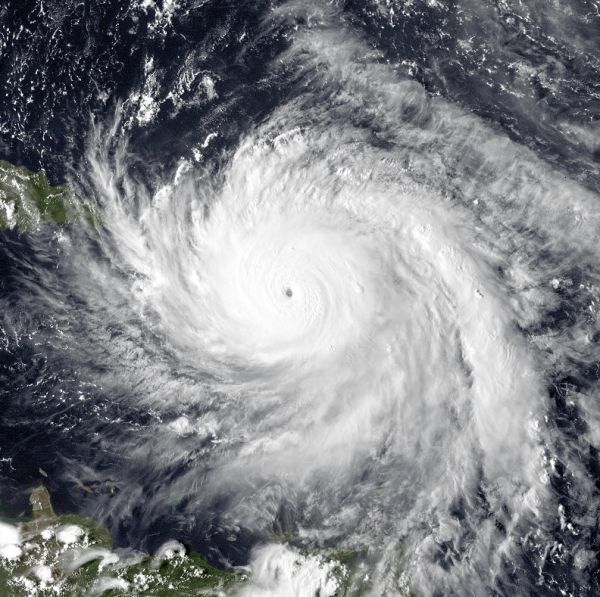Researchers have discovered a new geophysical phenomenon where a hurricane or other strong storm can produce vibrations in the nearby ocean floor as strong as a magnitude 3.5 earthquake.
“We’re calling them ‘stormquakes,’” said Wenyuan Fan, an assistant professor of Earth, Ocean and Atmospheric Science at Florida State University and lead author of a new study detailing the findings in AGU’s journal Geophysical Research Letters. “During a storm season, hurricanes or nor’easters transfer energy into the ocean as strong ocean waves, and the waves interact with the solid earth producing intense seismic source activity.”
Fan and his colleagues analyzed nearly a decade of seismic and oceanographic records from September 2006 to February 2019 and found a connection between strong storms and intense seismic activity – vibrations in Earth’s crust – near the edge of continental shelves or ocean banks.
Specifically, they found evidence of more than 10,000 stormquakes occurring from 2006 to 2019 offshore of New England, Florida and the Gulf of Mexico in the United States, as well as offshore of Nova Scotia, Newfoundland and British Columbia in Canada.
Read more at: American Geophysical Union
Hurricane Maria near peak intensity, moving north towards Puerto Rico, on September 19, 2017. New research shows hurricanes or other strong storms can produce vibrations in the nearby ocean floor as strong as a magnitude 3.5 earthquake. (Photo Credit: Naval Research Laboratory/NOAA.)


